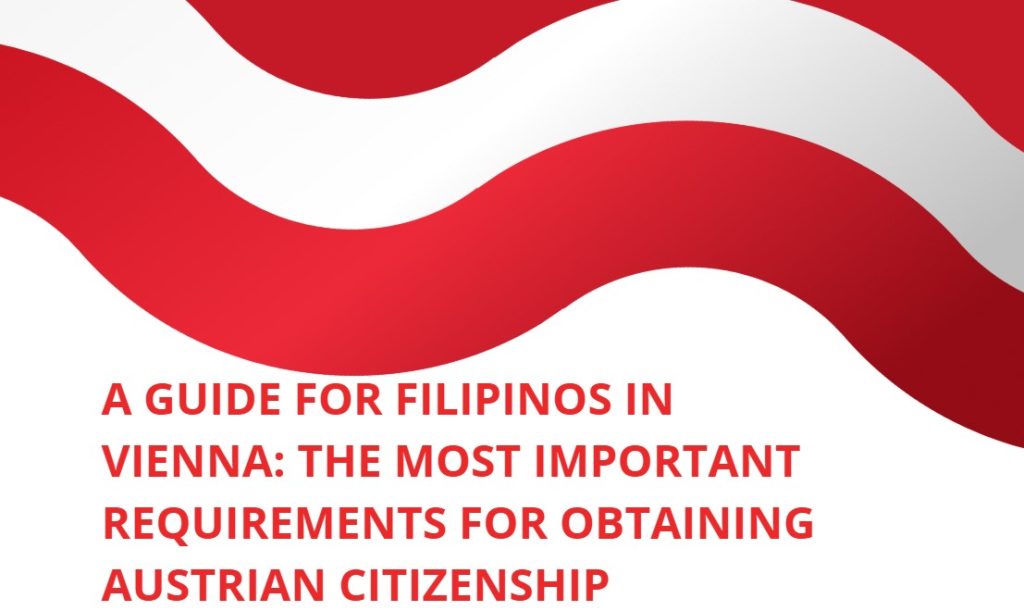The ORF is no longer to be financed by the GIS fee as of January 1, 2024, as the Constitutional Court ruled in July 2022. Instead, there is to be a household levy independent of whether or not a reception device is present. However, details on this are not yet known. However, looking at other countries shows what the new levy could look like in Austria.
GIS or the Gebühren Info Service – a fee one should pay for the use of Radio and other broadcasting services in Austria.
How much would a household levy cost?
Rumour has it that the program fee for the household levy will be reduced to around 16.50 euros. It is unclear to what extent federal and state levies will be added. According to KURIER, however, the provincial share must remain in place.
What does the GIS fee consist of?
The GIS fee consists of the program fee for Radio and Television (18.59 euros/month), sales tax (1.86 euros), federal taxes (2 euros) and a provincial tax (0 euros in Vorarlberg and Upper Austria, 4 euros in Tyrol, 4.70 euros in Salzburg, 5.10 euros in Carinthia, 5.80 euros in Vienna and Lower Austria, 6 euros in Burgenland and 6.20 euros in Styria). So, depending on the province, you spend between 22.45 and 28.65 euros a month.
Who is exempt from the household tax?
This is also not clear. With the current broadcasting fees, an exemption can be applied for a social or physical need for assistance. This arrangement is likely to be retained. It is also unknown how billing will work for companies or institutions. Up to now, the so-called 10-user rule has applied to them. Here, one fee had to be paid for the first ten receivers at a location, a second fee for an additional ten receivers, and so on.
How expensive is a household fee in other countries?
In countries like Germany and Switzerland, which have also switched from a device-based fee to a household levy, the broadcasting fees are 18.36 euros and 27.91 francs (28.28 euros) per month, respectively. This makes the levy in Switzerland the most expensive. The price is the cheapest in Greece and Portugal, about 3 euros per month.
Do second homes and vacation homes also count as households?
That is still unclear. Currently, they are subject to GIS, but the periods of use can be limited to at least four months per year. This means that GIS is only paid for four months. In Switzerland, secondary residences are exempt from the broadcasting fee unless it is the only residence in the country.
That’s not entirely clear, either. In Switzerland, it is determined from the population to register data, i.e. the Swiss equivalent of the population report. In countries like Italy or Portugal, a household is identified by its electricity consumption, and the charges are collected directly with the electricity bill. According to Salzburger Nachrichten, the data of electricity customers will also be used for collection in Austria.
So will the amount be part of the electricity bill in the future?
That is unlikely. According to EU regulations, inappropriate information must be removed from electricity bills. Italy wanted to take this step this year, but for administrative reasons, this separation was postponed until 2024.
Will the Gebühren Info Service (GIS) be dissolved completely?
That is just as unlikely. After all, it will still need an agency to collect the fees. In Germany, for example, the Gebühreneinzugszentrale (GEZ) became the Beitragsservice, and in Switzerland, Billag was replaced by Serafe (Schweizerische Erhebungsstelle für die Radio- und Fernsehabgabe).
Is it necessary to have a separate office for this?
Not necessarily. In Sweden, for example, the television fee is collected by the tax office. The amount is 1 percent of taxable income but not more than 118 euros per year. In Finland, the broadcasting tax also applies to all persons of legal age who earn more than 14,000 euros annually. It amounts to 2.5 percent of annual income or a maximum of 163 euros.
What will change in the ORF TVthek?
The movie and series streaming service Flimmit and the classical music portal Fidelio will likely be integrated into the new ORF player. This is to be made possible by an amendment to the ORF law. This law has now stipulated that video formats can only be accessed online for seven days – with exceptions. The new ORF law, which the Council must approve of Ministers in June, is linked to an estimated 300 million euros in savings by the end of 2026.
Why doesn’t ORF put its streaming offer behind a paywall?
The whole GIS debate was triggered by the fact that ORF content could be consumed free via stream on the Internet. However, it can only be speculated why ORF does not want to use a paywall. A paywall like Netflix, where you can only consume content for a monthly fee, sounds logical at first. However, demand is likely to be limited. Users are also unlikely to accept the display of advertising through a paywall.
Will a broadcasting fee be collected everywhere?
No. In Andorra, Belgium, Bulgaria, Denmark, Estonia, Liechtenstein, Lithuania, Luxembourg, Malta, the Netherlands, Romania, Russia, Spain, Ukraine, Hungary and Cyprus, public broadcasting is financed directly from the state budget.
What will happen to the GIS controllers?
The changeover to the household levy will likely mean the loss of jobs for GIS collectors.
source: futurezone.at/picture: gis.at
This post has already been read 3101 times!



